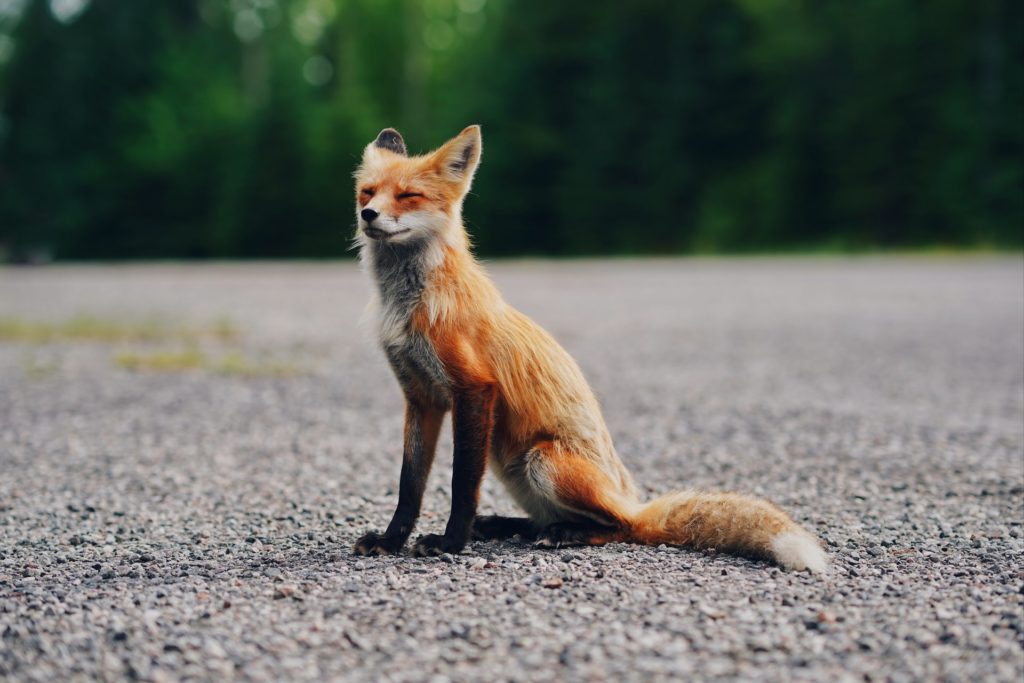A florist in Bilzen, Limburg has been plagued by a flower-wrecking fox for two years now, with damages estimated to be at least €20,000.
Rudy Lathouwers of Lathouwers Florist said the fox has been breaking into his greenhouse, trampling on plants and knocking them over, causing thousands of euros worth of damages with every visit, including one as recently as last weekend.
“When we lowered the automatic screens in the greenhouse, a fox locked itself in,” Lathouwers told the Flemish Infocentre for Agriculture and Horticulture (VILT).
“I was shocked when I found the animal. He then destroyed the windbreak and jumped through it a bit further on. That alone is a loss of up to €4,000.”
Related News
- Trespassing animal rights activists: poultry farms want action against break-ins
- European imports threaten animal species worldwide
Lathouwers installed wildlife cameras in his greenhouse after the fox showed up for the first time two years ago. His greenhouse is located in a nature reserve, which may explain the animal’s presence.
A fox with a family
“I heard from some hunters and farmers in the area that they suspect a family of foxes has taken up residence in a den nearby,” Lathouwers said.
“And we suspect that the fox has its sights set on the neighbour's chickens. Many neighbours keep chickens. These chickens go to shelter at night, but the fox seems to want to take his chances.”
At first it was just the one fox, but now Lathouwers says there are multiple roaming the grounds.

The fox's visits to the greenhouse have been captured by a wildlife camera. Image from VILT.
“On the recent images from the wildlife camera, at least three foxes can be seen. These images also show how they run over the plants and knock over containers. And they also knock over plants. Straightening them out takes a lot of time.”
Turning to the municipality for help
For a professional florist, trampled plants that can no longer be sold to market vendors, garden centres or at auction equate to thousands in lost income.
Lathouwers is discussing a solution with the municipality, including the option of fencing off the area with electric wire.
“Reducing the population with the help of local hunters would also be a solution,” Lathouwers added.
He’s also written to his insurance company, hoping to be compensated for the damage to the windbreak netting and possibly also for the damage to the plants.
An unusual dilemma
Enquiries in the ornamental plant sector show that damage caused by foxes is rare, VILT says.
“I have never heard of it,” Miet Poppe, secretary of the General Association of Belgian Ornamental Plant Growers and Green Suppliers (AVBS), said.
Poppe said that deer are the more common enemy of the sector, though their predilection for eating the leaves of young plants mainly affects tree nurseries.
Wild boar and the beaver are also a well-known problem in agriculture, with boars causing damage in maize fields and beavers causing water nuisance or gnawing damage to trees.

